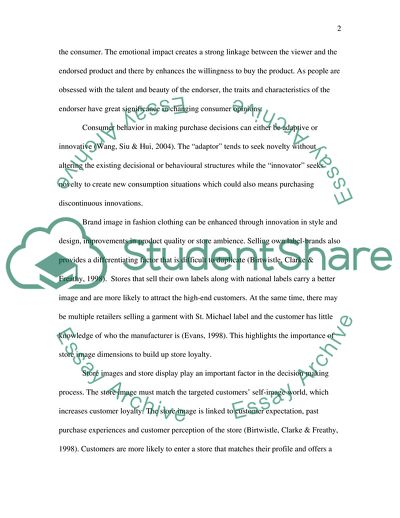Cite this document
(Consumer Psychology Coursework Example | Topics and Well Written Essays - 2000 words, n.d.)
Consumer Psychology Coursework Example | Topics and Well Written Essays - 2000 words. Retrieved from https://studentshare.org/psychology/1717296-consumer-psychology
Consumer Psychology Coursework Example | Topics and Well Written Essays - 2000 words. Retrieved from https://studentshare.org/psychology/1717296-consumer-psychology
(Consumer Psychology Coursework Example | Topics and Well Written Essays - 2000 Words)
Consumer Psychology Coursework Example | Topics and Well Written Essays - 2000 Words. https://studentshare.org/psychology/1717296-consumer-psychology.
Consumer Psychology Coursework Example | Topics and Well Written Essays - 2000 Words. https://studentshare.org/psychology/1717296-consumer-psychology.
“Consumer Psychology Coursework Example | Topics and Well Written Essays - 2000 Words”. https://studentshare.org/psychology/1717296-consumer-psychology.


